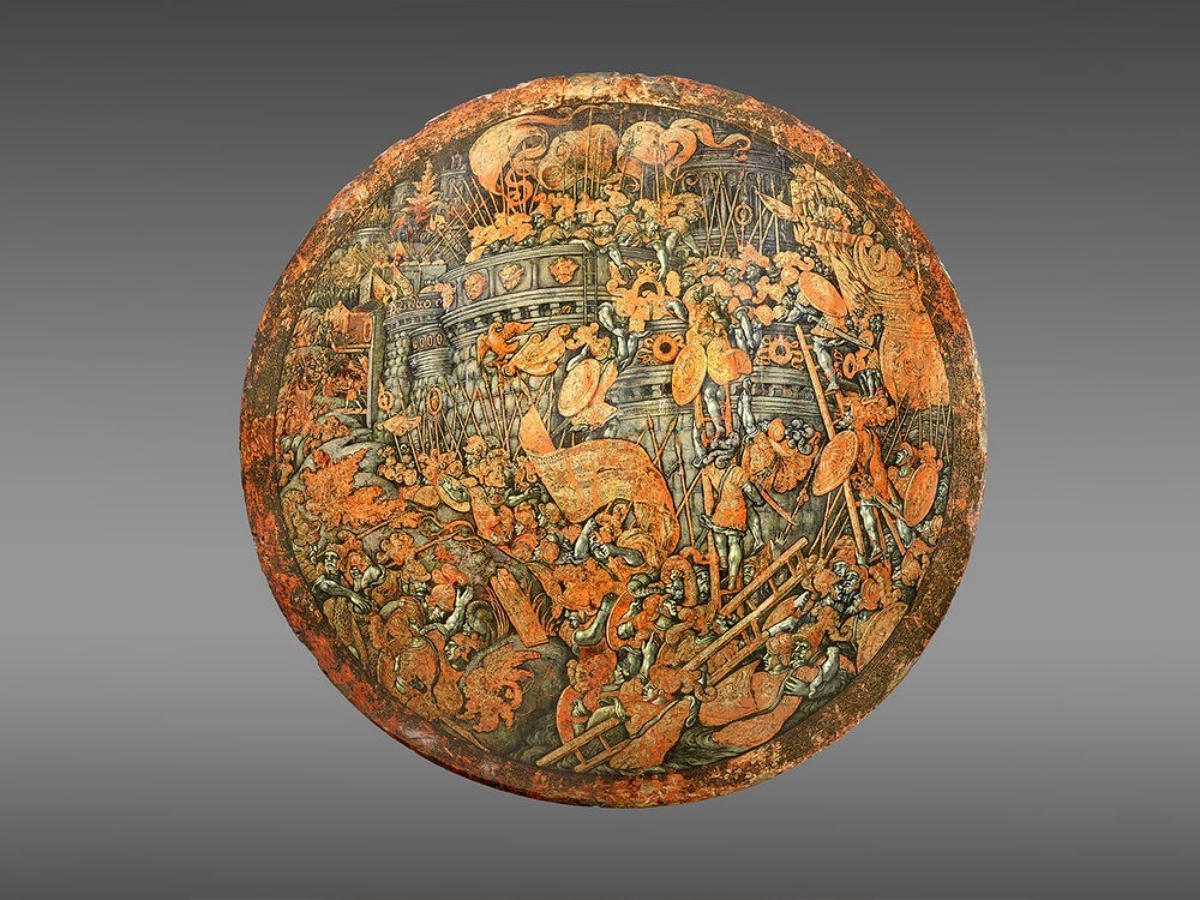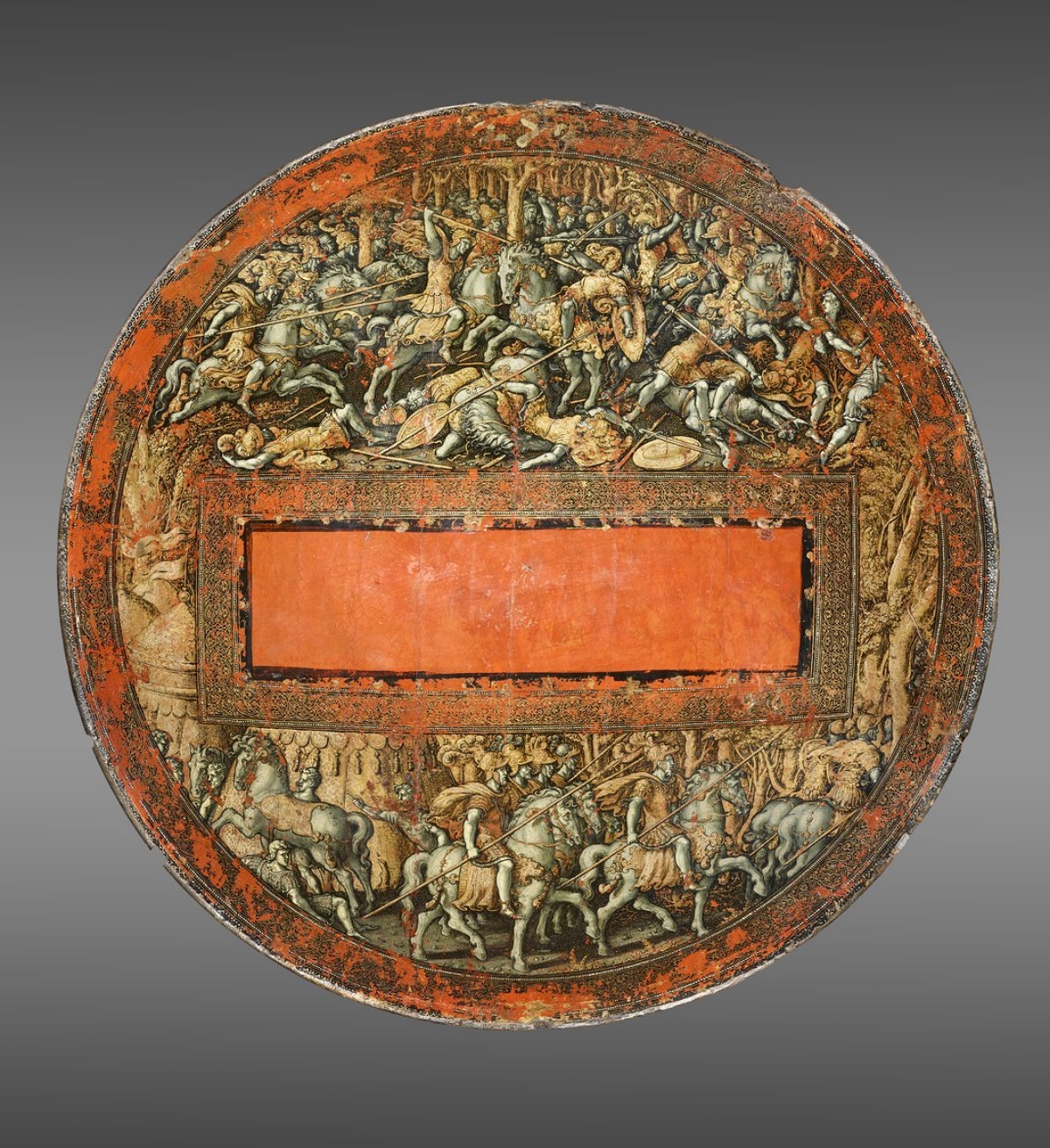Franz Ferdinand’s Renaissance Shield Returning to Czech Republic After Nazis Stole It
It’s been 80 years since this object was plucked by Hitler’s army.
The assassination of Archduke Franz Ferdinand was one of the main catalysts for the start of World War I, but one of his possessions also had a role in World War II when it was was among the thousands of precious objects looted by the Nazi government. As the Third Reich marched across Europe they pillaged not only the belongings of individuals, but also pulled their trucks right up to museums and castles to unburden these historic places of their valuables. While there is still much unaccounted for from the war, this highly ornate shield is one piece that made its way across the Atlantic to the US and is now returning the Czech Republic.

The Austro-Hungarian Empire included parts of Bohemia in what is today the Czech Republic. Archduke Franz Ferdinand was the heir presumptive to the Hapsburg throne which controlled the region. This would-be ruler was key to power in central Europe in the 1910s.
The Archduke kept a comprehensive collection of historical weapons and armor at this country abode, Konopiště Castle, about 30 miles south of Prague. After the war the artifacts came into the possession of the newly-formed Czechoslovakian government. But, in 1939 the German army took these items along with many others. The plan was to display the spoils of the world in a gigantic museum to honor Hitler and the German people in Linz, but the museum was never completed.

After World War II ended this ceremonial shield was among the artifacts that were dispatched to the US. The shield was kept in the collection of the Philedelphia Museum of Art starting in 1976. There it stayed as specialists were unable to verify if this was the same shield that once hung in Konopiště Castle.
After years of back and forth the shield was verified and can begin the trek back to the Czech Republic. The shield was never made to be used in combat, but rather was made for ceremonial purposes. The item is thought to have been made around 1535 by Italian painter and sculptor, Girolamo di Tommaso da Treviso.
The polychromatic shield depicts scenes of battle and victory on both sides and was probably made as part of widespread celebrations across Italy in honor of the defeat of a key Ottoman Empire territory by Italian forces in Africa. Holy Roman Emperor and Archduke of Austria, Charles V, held jubilations to commemorate the victory.

Czech ambassador to the US, Hynek Kmoníček, made a public statement that the shield suffered misfortune, but that it has also been protected by the museum, saying that, “It has in recent years been protected, curated and preserved by the Philadelphia Museum of Art, an institution with an exceptional team of art connoisseurs, specialists, restorers, and conservators. These professionals have made exemplary efforts to care for, restore, and preserve this outstanding object, and as a result of their excellent work we will soon be able to present it to the public.”
As part of the arrangement the Czech Republic has agreed to consider future loans of the shield back to the Philadelphia Museum of Art.
SKM: below-content placeholderWhizzco for DOT

